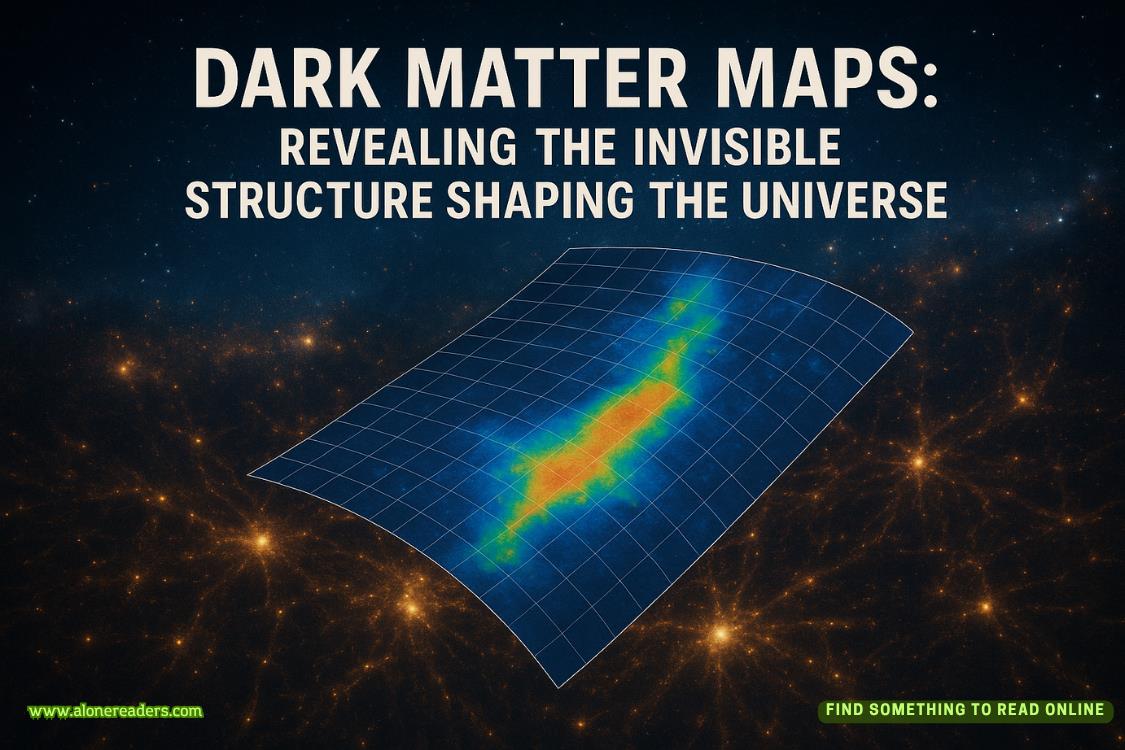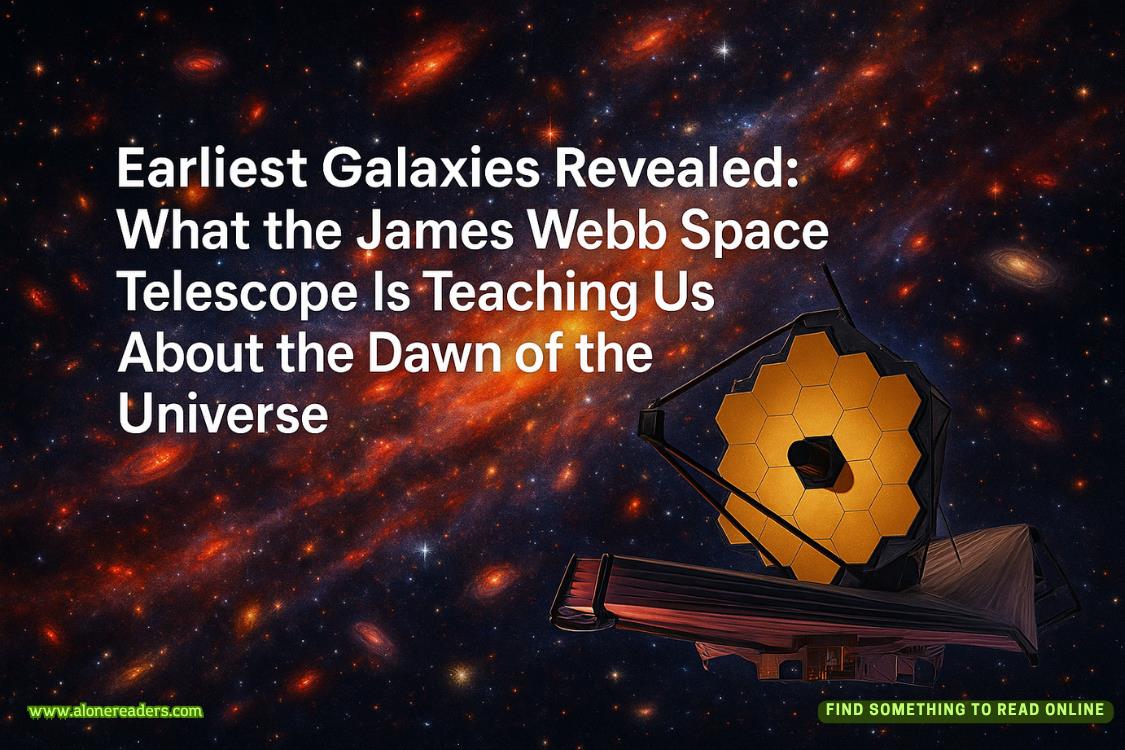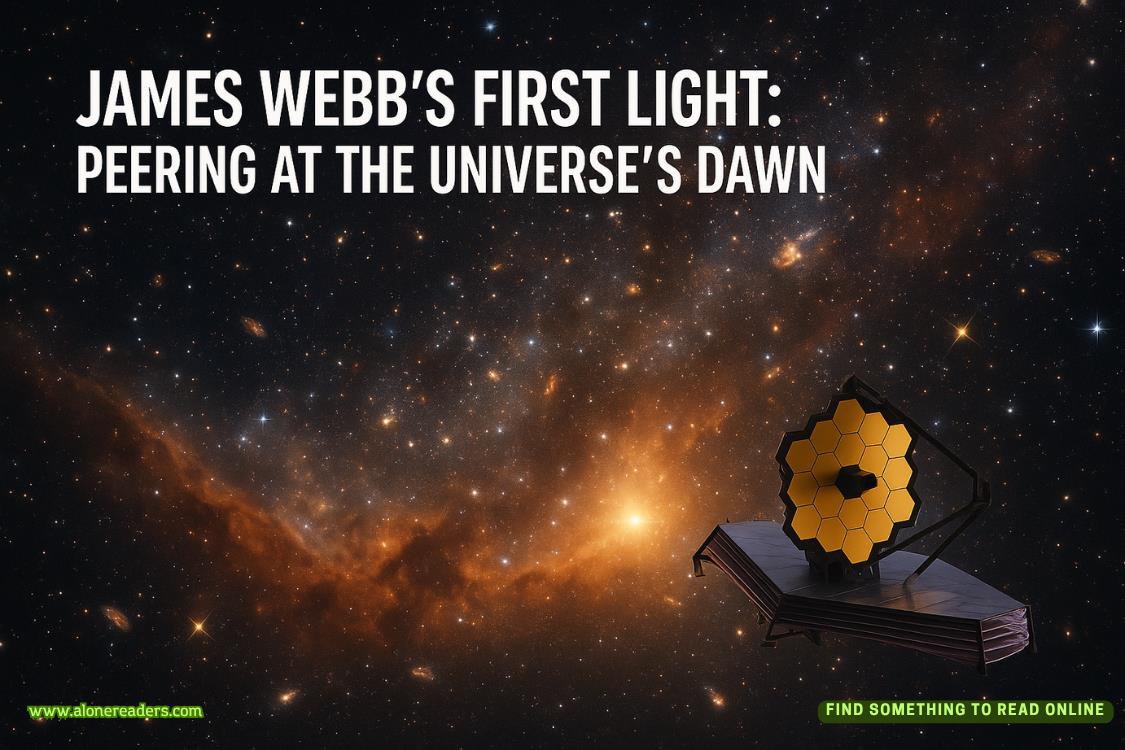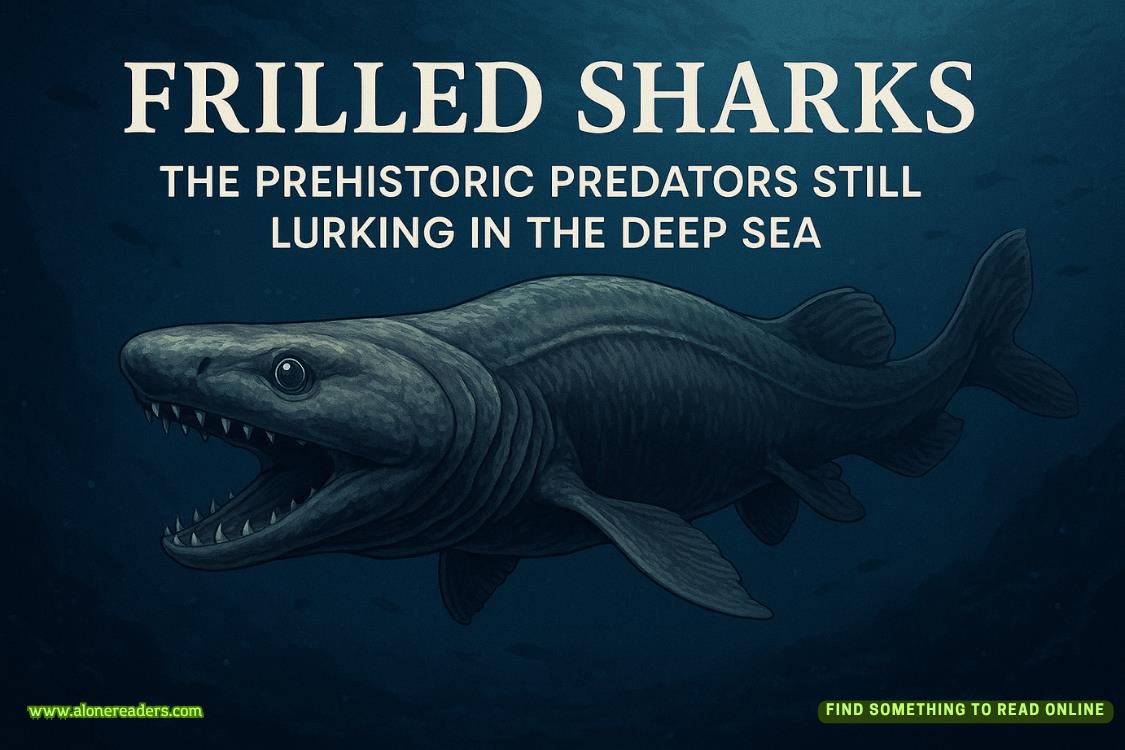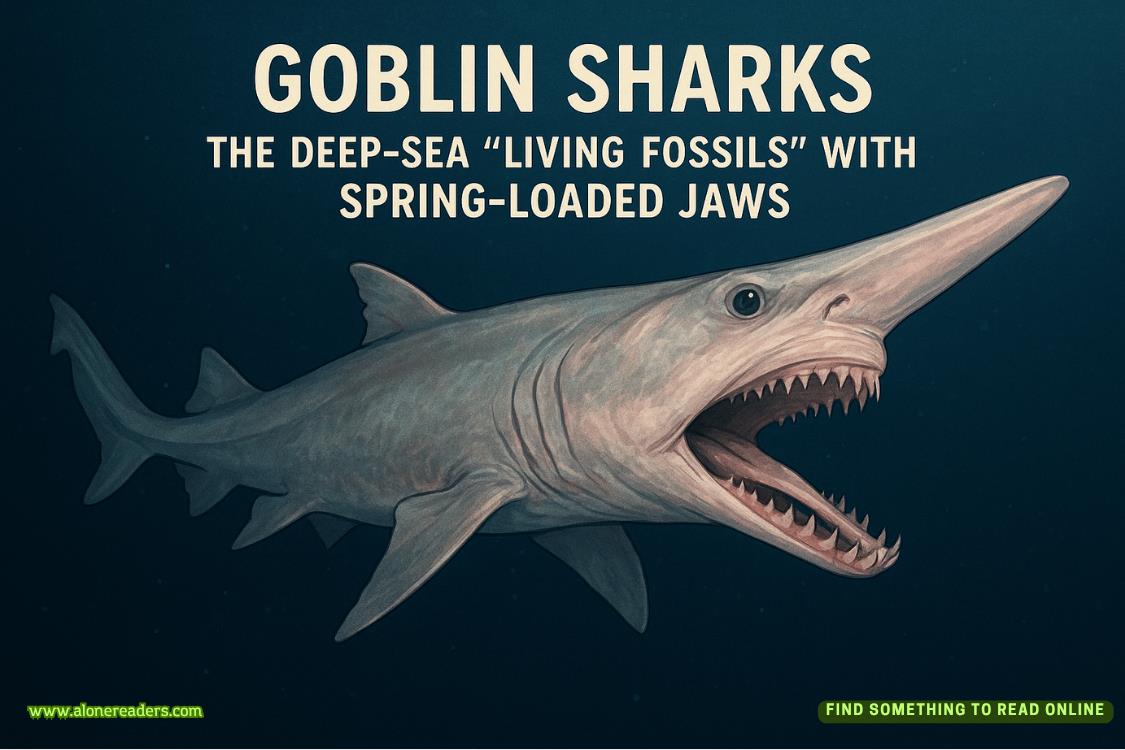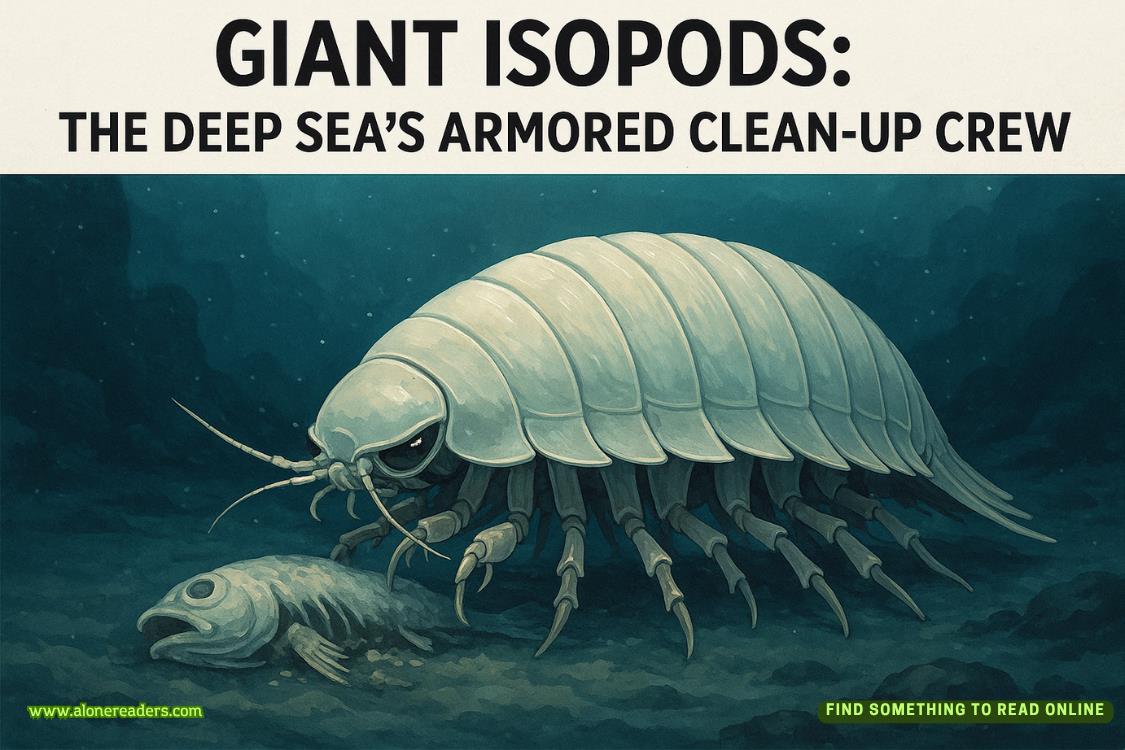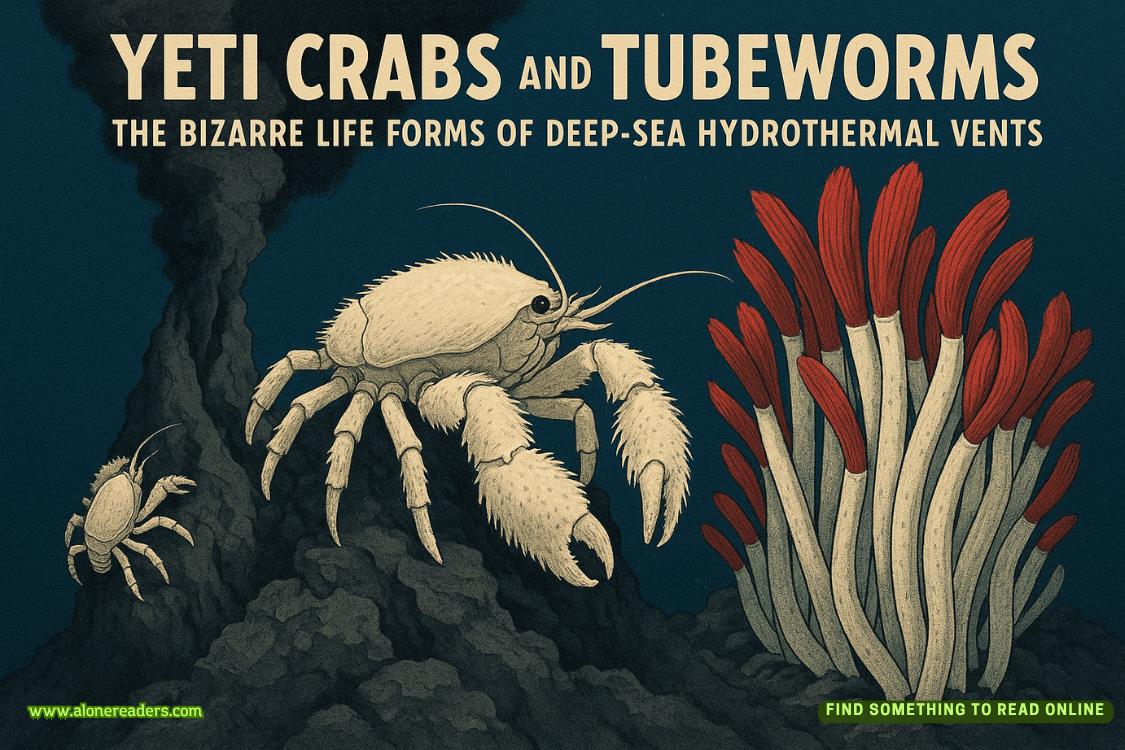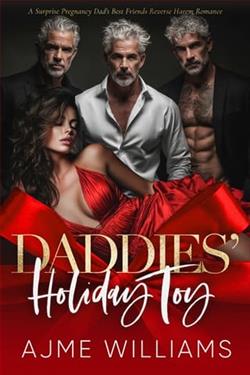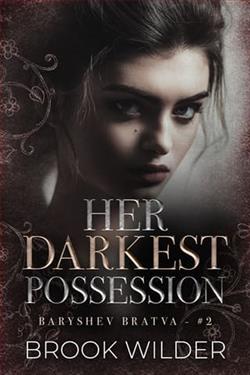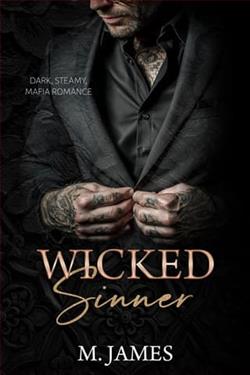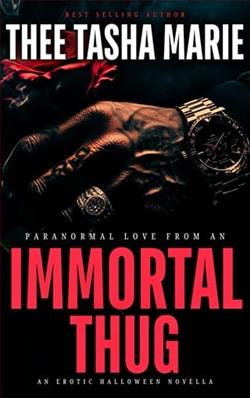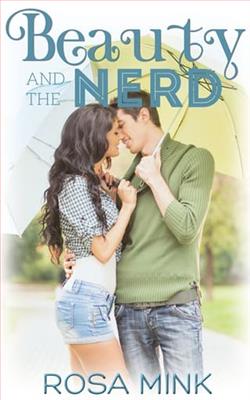Page 59 of What Happens in Amsterdam
The boat’s motor whirs with a soothing hum as Iulia starts it up and runs through some basic safety information. “At this point in the tour, I usually ask where people are from and what they’ve been doing in Amsterdam so far,” she says. “But you both live here, so…”
“Yes, but we want the full tourist experience,” Roos says. “Please don’t hold back.”
“Roger that.” Iulia says something in Dutch into her radio and, with considerable ease, weaves us around a much larger tourist boat.
We glide underneath a bridge, bicycles locked to every available inch of space. The streets above us might be packed, but there’s a distinct sense of calm here on the water. Sun on my face, wind in my hair—an ideal way to spend the afternoon. The canal houseslook even more stunning from this angle, and I’m not sure how I ever thought the color palette was anything less than beautiful.
“I always start with some basic facts about Amsterdam,” Iulia says after opening a cooler and telling us to help ourselves. “And it’s more fun when this is interactive, so feel free to interrupt me at any time. This city was originally a small fishing village in the 1100s, then expanded to become a global power during the Dutch Golden Age in the 1600s. The Dutch East India Company was part of a vast trading network that turned Amsterdam into one of the wealthiest cities in the world. Amsterdam experienced huge economic growth at the time, but there’s a dark history of colonialism and slavery there, too. Fortunately, that’s something the country is starting to speak about much more openly.
“As you probably know, we’re below sea level right now—most of the Netherlands is. The residents built small dikes about two thousand years ago to push back the water, and in the 1200s, they started using windmills to pump the water out. It’s pretty incredible, actually, and it’s a marvel Amsterdam even exists the way it does now,” she says with a flourish of her arm. “Let’s talk about the canals. Can anyone guess how many canals Amsterdam has?”
Roos’s hand shoots up, and Iulia tosses her a smirk. “You’re not allowed to answer.”
“Oh god, the pressure,” I say between sips of a pilsner. “Um…fifty?”
“Try a hundred and sixty-five,” Iulia says. “Seventy-five kilometers. And fifteen thousand bikes are fished out of them each year.”
“One year, two of those were mine.” Roos lifts her beer in tribute. “Dark times.”
“How clean is the water?” I ask.
Iulia holds up a finger, grabs a clear plastic cup, and bends over the side of the boat to scoop some up. “Pretty damn clear,” she says,holding it out so we can see. “I wouldn’t necessarily drink it, though. I used to take a sip every tour—after a month, I got sick.”
Roos shudders. “You see enough people peeing into it, and you never want it to touch any part of your body.”
“True. Guess I like to live on the edge.” With a laugh, she throws out the water before turning back to me. “How long do you think you’ll be here?”
“Well—I initially thought a year or two,” I say, even though I never really thought about it, just took the job and leapt. The ring on my finger reminds me I should be giving a different answer. “But now that I’m married…”
“You know the expat joke, right? You say it’ll be a couple years…and then you blink and it’s been ten or fifteen,” Iulia says. “You and your husband plan to stay here in the Netherlands?” If there’s an extra emphasis onhusband, Roos doesn’t seem to notice.
“Yes. Definitely,” I say, and Roos exhales with relief.
I probably deserve to be tossed into the questionable canal water.
We pass the school where I take my Dutch class, the Westerkerk, the Anne Frank House. Maybe it’s just the fact that Roos is an Amsterdam native, but I catch her watching Iulia more than the scenery. Pink tinges her cheeks whenever the captain smiles at her. That’s enough to distract me from all the lies—because here is something pure, something sweet.
Since I’m a tourist today and there’s no shame in it, I take some photos for my parents. There in our chat is the one they sent yesterday from my favorite taco truck, a Jarritos raised in cheers. I know it’s just their way of showing they miss me—but I can’t help wondering if it’s something else, too. A reminder of what I’m missing.
An attempt to lure me back.
We’ve fallen into a regular schedule of Sunday phone calls, evening for me and morning for them, and while they tell me it’s thebest way to start their day, I always hang up feeling a bit worse than I did beforehand.
“Maybe it’s for the best,” my mother said last week when I mentioned I’d stopped biking. “You should be wearing a helmet anyway. I still can’t believe no one there does it.”
“Babies do,” I offered, and I could practically hear her rolling her eyes through the phone.
For most of my life, they’ve kept their leashes tight around my ankles. It was for my own benefit, wasn’t it? That was what I told myself every time I thought about pushing back. They just wanted me to be healthy. Happy.
It’s only now that I have space from them that I’m wondering whether I could have been happier without a leash at all.
“Now we’re moving into what used to be the old Jewish quarter,” Iulia says. The architecture here is different. Less charming. Most of these homes were destroyed during World War II and rebuilt as blocky apartments or office buildings, she explains. “The Netherlands had more Jewish victims than any other country. Everyone knows Anne Frank, and as devastating as that story is…it’s only one person. One person out of more than one hundred thousand who were taken to camps, most of whom never came back.”
Of course I knew there was a deep, complex Jewish history in Amsterdam. I was raised secular, and I’ve never been very religious. Never had a bat mitzvah. We belonged to a synagogue but stopped going eventually, when our after-school activities and other responsibilities started feeling more important.
It feels different here, being confronted by the history, and it turns me reverent for the rest of the tour.
“This was amazing,” I tell Iulia as she steers us back to the dock. “Better than any history class. Thank you so much.”
